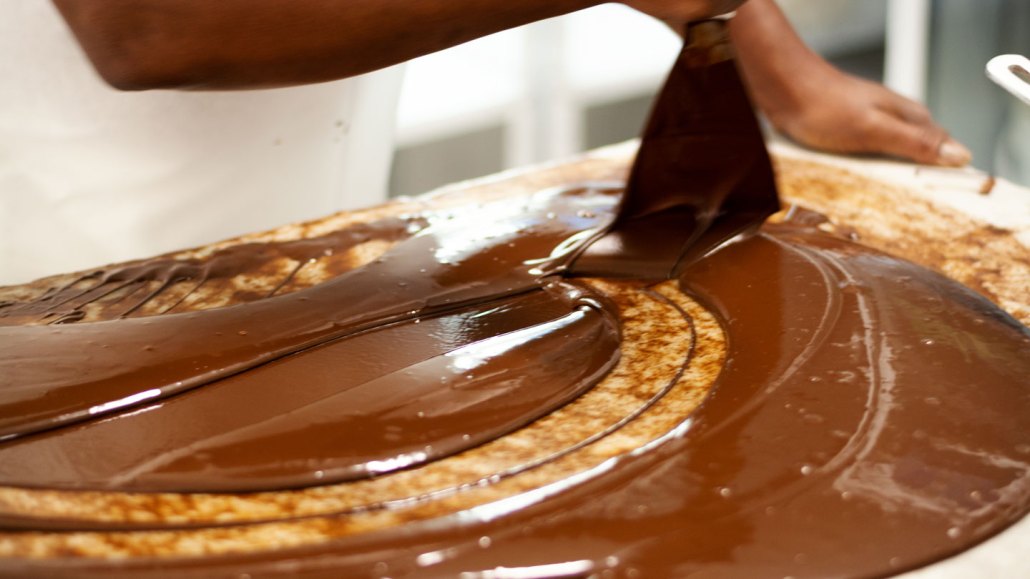
Chocolatiers have to heat and cool liquid chocolate multiple times to achieve a glossy, velvety texture. Adding a small pinch of saturated fat to cocoa butter might speed up the process, new research suggests.
Giselleflissak/E+/Getty Images Plus

Chocolatiers have to heat and cool liquid chocolate multiple times to achieve a glossy, velvety texture. Adding a small pinch of saturated fat to cocoa butter might speed up the process, new research suggests.
Giselleflissak/E+/Getty Images Plus